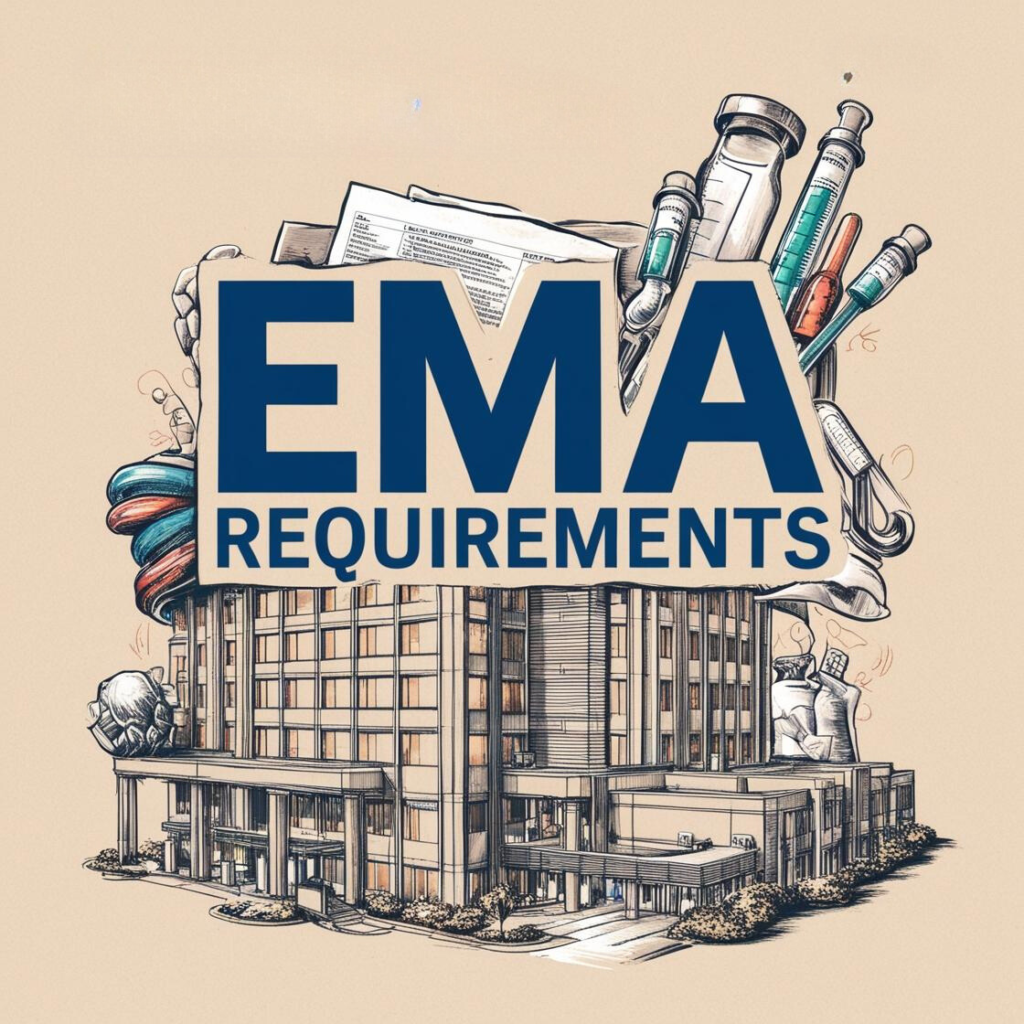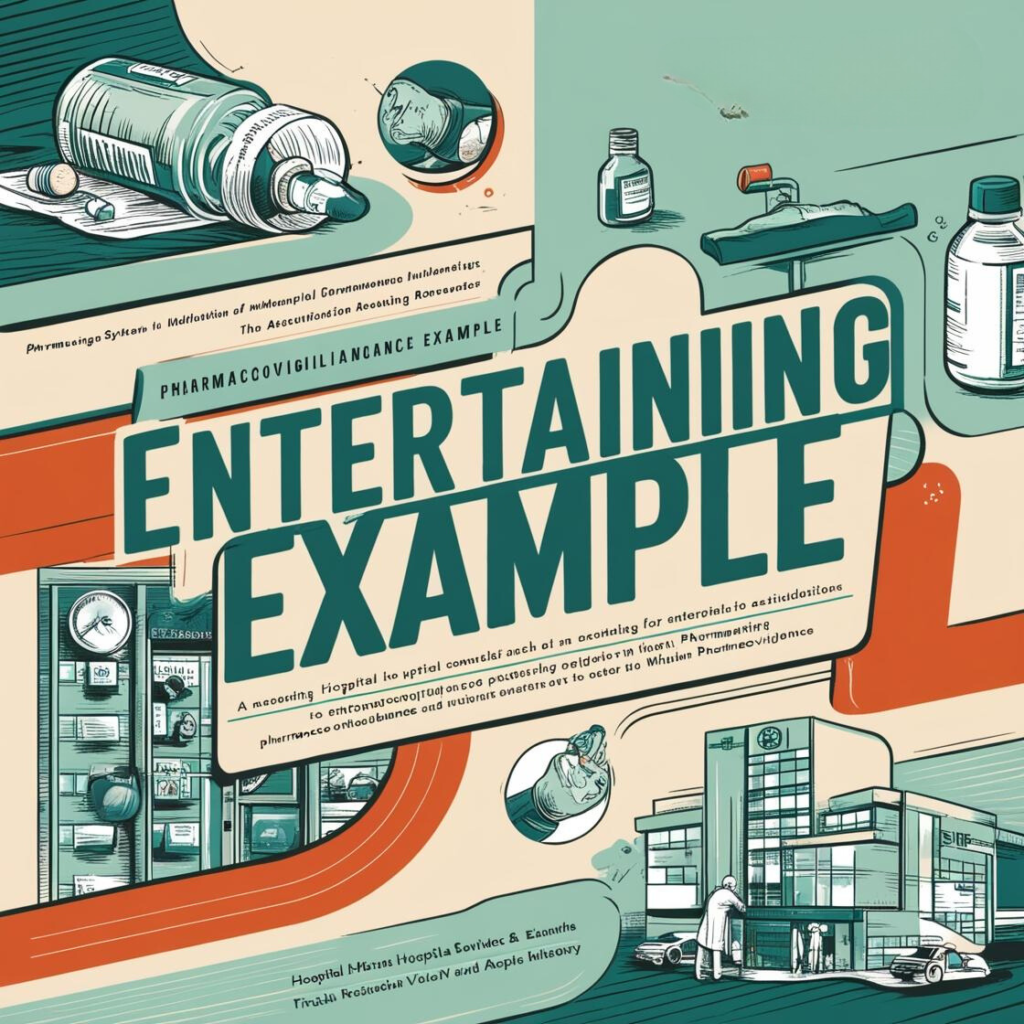ICH E2E Guidelines

The International Council for Harmonisation of Technical Requirements for Pharmaceuticals for Human Use (ICH) provides the E2E guidelines which are pivotal for pharmacovigilance. These guidelines aim to harmonize the collection, processing, and reporting of adverse drug reactions (ADRs) across different regions.
Key Points:
- Standardization of safety data collection.
- Common definitions and terminology for ADRs.
- Consistent reporting formats.
EMA Requirements

The European Medicines Agency (EMA) plays a crucial role in ensuring drug safety in Europe. Their guidelines and regulations are stringent and cover various aspects of pharmacovigilance.
Key Points:
- Good Pharmacovigilance Practices (GVP): These are a set of measures drawn up to facilitate the performance of pharmacovigilance in the EU.
- Periodic Safety Update Reports (PSURs): Comprehensive reports required at regular intervals that provide an update on the safety profile of a drug.
- Risk Management Plans (RMPs): Detailed plans submitted by pharmaceutical companies outlining the strategy for identifying, assessing, and mitigating risks.
FDA Requirements

In the United States, the Food and Drug Administration (FDA) sets forth regulations to protect public health by ensuring the safety and efficacy of drugs.
Key Points:
- 21 CFR Part 312: Regulations related to the investigational new drug application (IND), ensuring that safety data is collected during clinical trials.
- 21 CFR Part 314: Guidelines for new drug applications (NDA), including requirements for post-marketing safety monitoring.
- MedWatch: The FDA’s reporting system for adverse events, where healthcare professionals and consumers can report safety concerns.
Entertaining Example

Let’s imagine pharmacovigilance as a global food safety network. Each country has its own food safety agency, but they all work together to ensure the food supply is safe.
- ICH E2E Guidelines are like an international recipe book. It standardizes how recipes (safety data) should be written, ensuring that chefs (pharmaceutical companies) across the world can follow the same instructions and produce consistent results.
- EMA Requirements are like the European Food Safety Authority (EFSA) setting strict guidelines for food production in Europe. They ensure that food producers submit regular reports on food safety (PSURs) and have plans in place to manage risks, such as potential contamination (RMPs).
- FDA Requirements are similar to the US Food and Drug Administration (FDA) ensuring that all food products in the US are safe for consumption. They have specific regulations for how new foods (new drugs) should be tested and monitored, both before they hit the market (21 CFR Part 312) and after (21 CFR Part 314). The MedWatch system is like a hotline where consumers can report any food safety issues they encounter.



